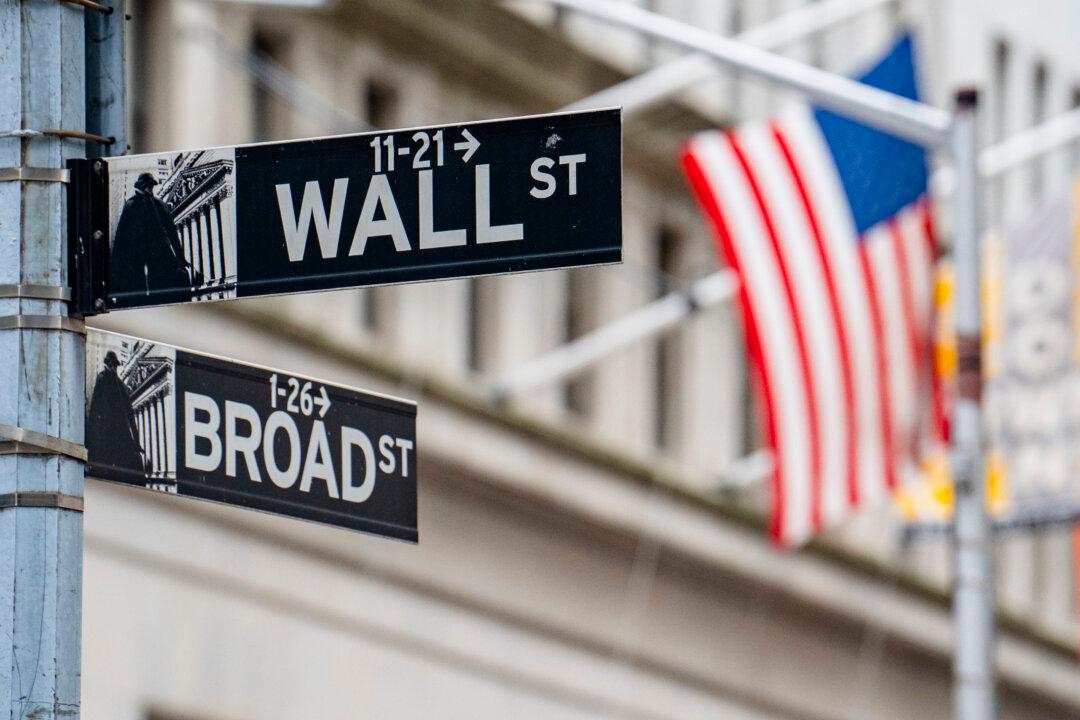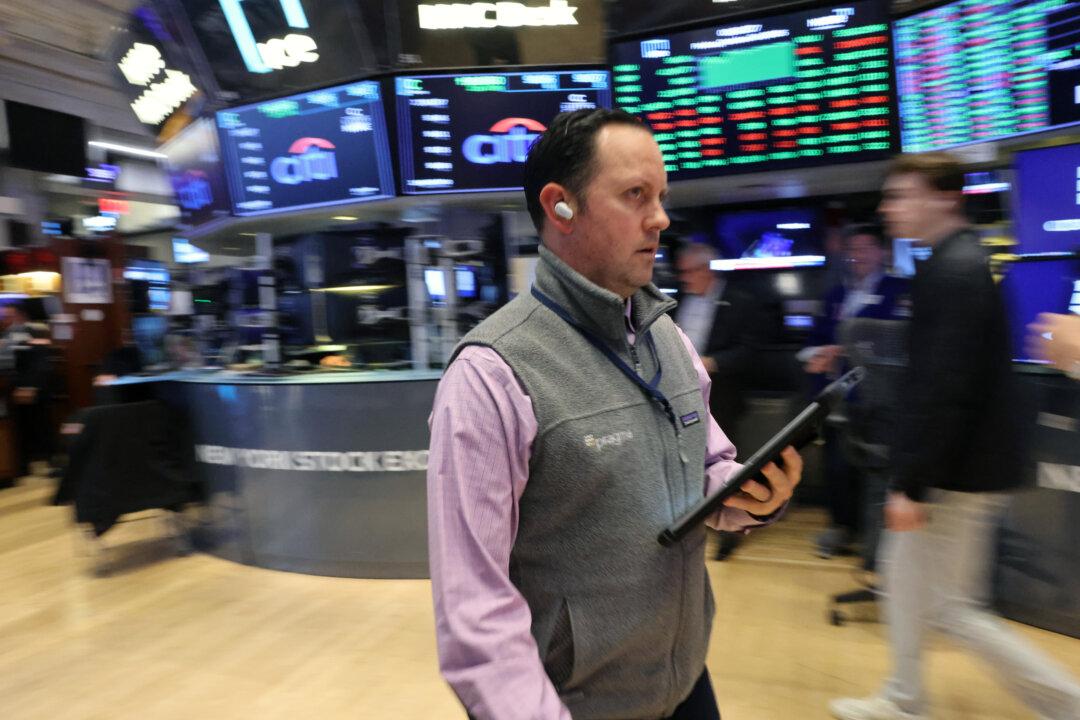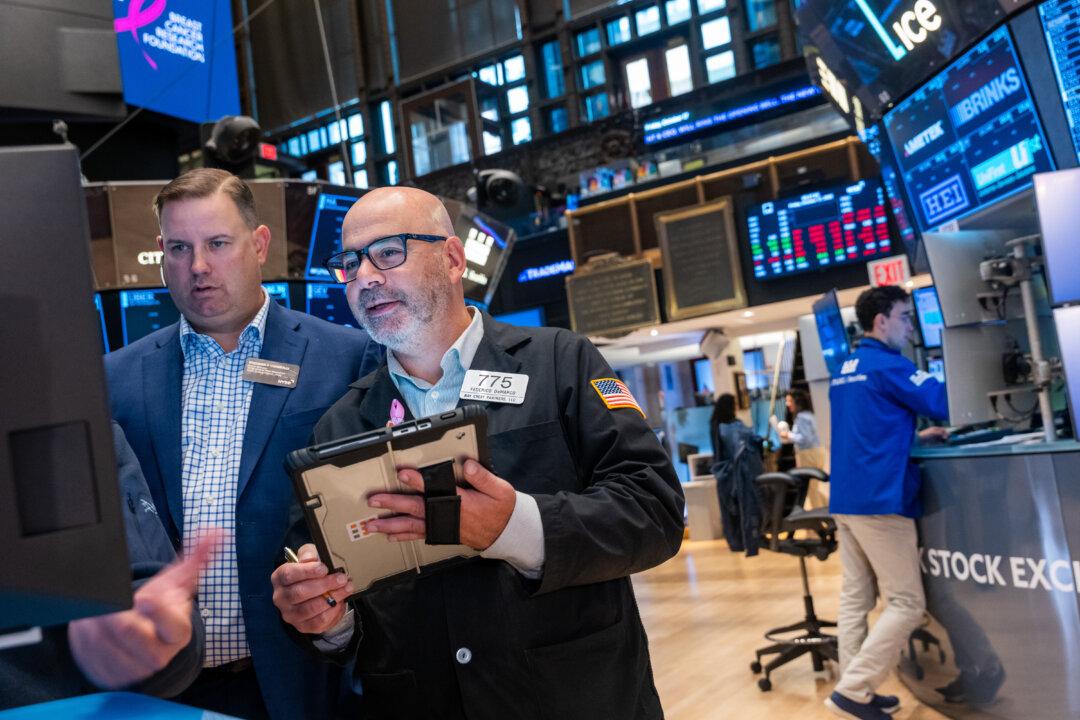U.S. stocks staged a solid rally on Friday, led by techs, but ended the week lower, in yet another weekly reversal due to elevated bond yields and profit-taking.
The S&P 500 ended Jan. 3 at 5,942, down 1.58 percent for the week; the Dow Jones closed at 42,732, down by 1.37 percent; the Nasdaq finished the week at 19,621, down 1.9 percent; and the small-cap Russell 2000 was down 0.51 percent to end at 2,268.





